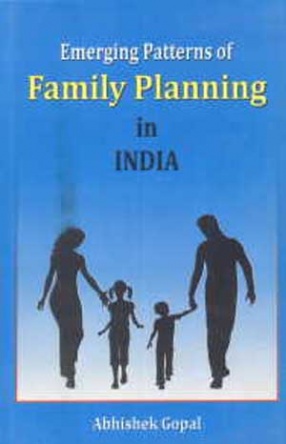Emerging Patterns of Family Planning in India
Synopsis
Increasing population growth and explosion has been the most critical problem for decades now and unfortunately it seems to be getting more and more complicated. Realising the negative effects of rapid population growth on development, India as a first country of the world launched family planning programmes in 1951-52 on a large scale. Despite the long history of family planning in India, the rapid population growth still remains the most knotty and viscous problem today. As a solution to our growing population, the importance of a sociological study of family planning is by far crying need of the hour. No exclusive sociological study with regard to family planning among Scheduled Castes (Dalit) in urban setting has been done till now. The need for research in this area is of paramount importance.
The book covers almost all the dimensions of the subject based on sound theoretical and methodological foundations. On the basis of methodological and contextual explanations and objective analysis of data and above all sociological perspectives, the author has successfully made useful and tenable generalization, which are bound to inspire young researchers, vigilant scholars and enlightened readers, which include both the academia and the policy makers as well as administrators in India.
Read more
The book covers almost all the dimensions of the subject based on sound theoretical and methodological foundations. On the basis of methodological and contextual explanations and objective analysis of data and above all sociological perspectives, the author has successfully made useful and tenable generalization, which are bound to inspire young researchers, vigilant scholars and enlightened readers, which include both the academia and the policy makers as well as administrators in India.
60.30
54.27
$
67.00 $
Free delivery Wolrdwidе in 10-18 days
Ships in 1-2 days from New Delhi
Membership for 1 Year $35.00
Get it now and save 10%
Get it now and save 10%
BECOME A MEMBER







Bibliographic information